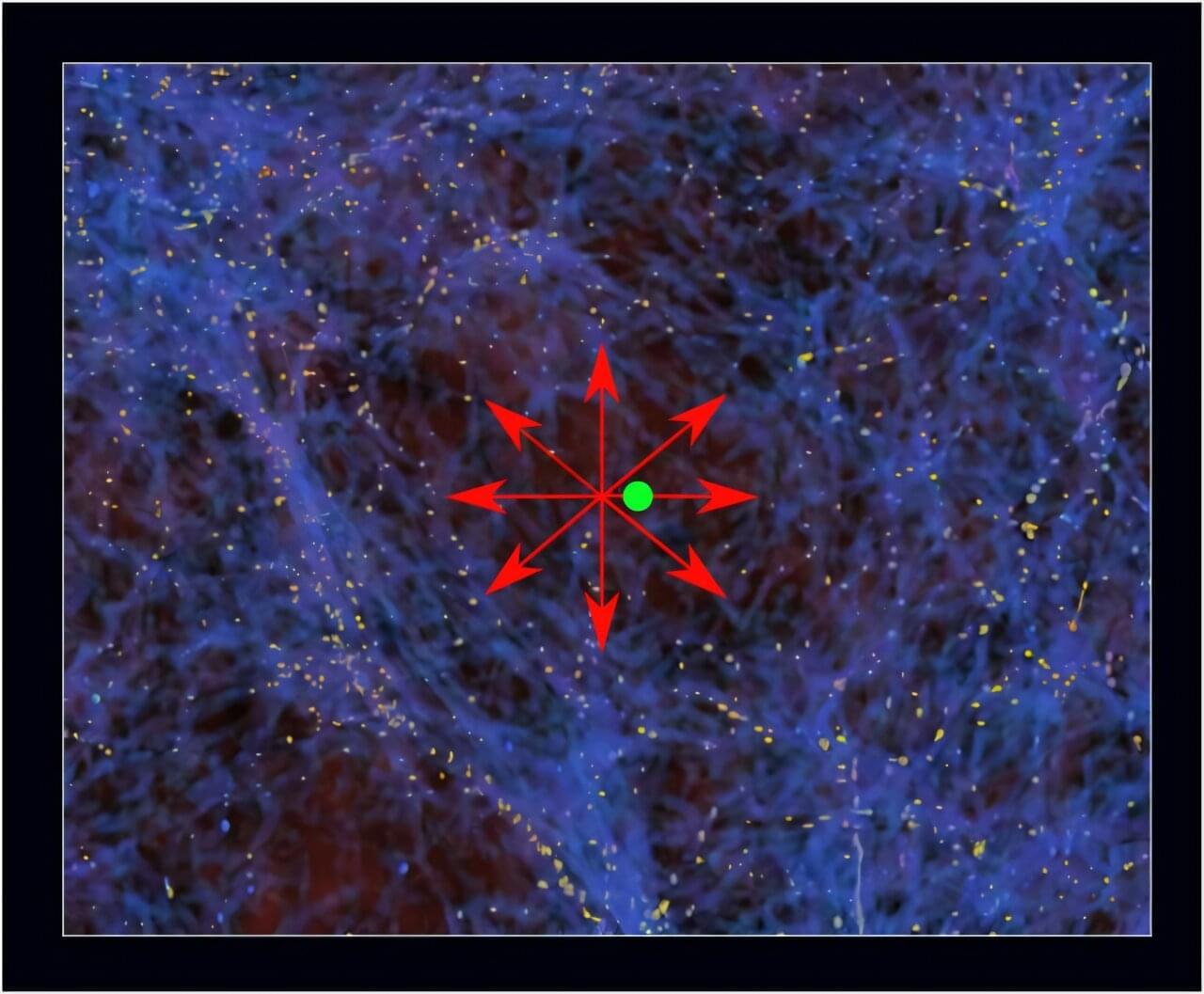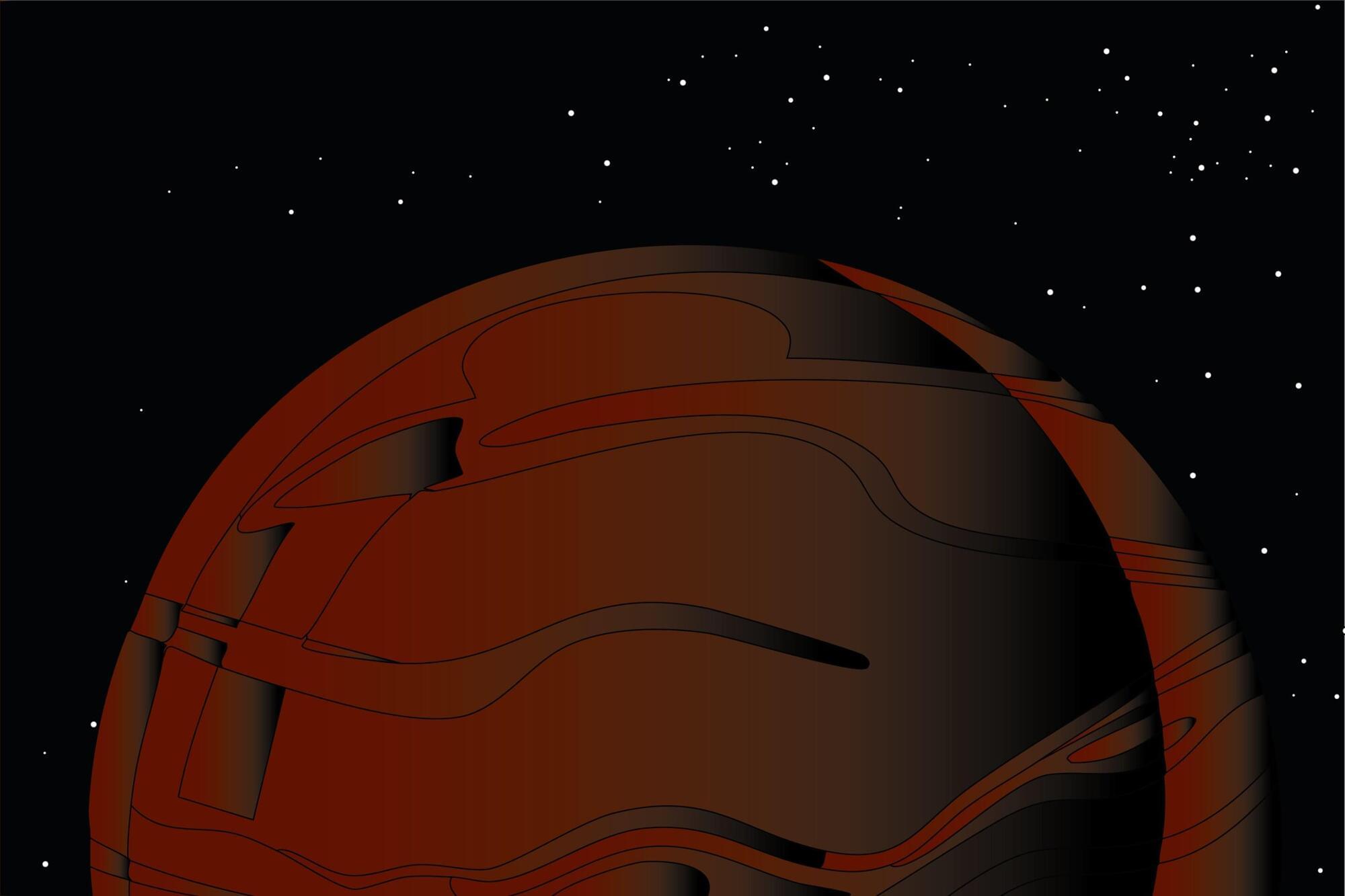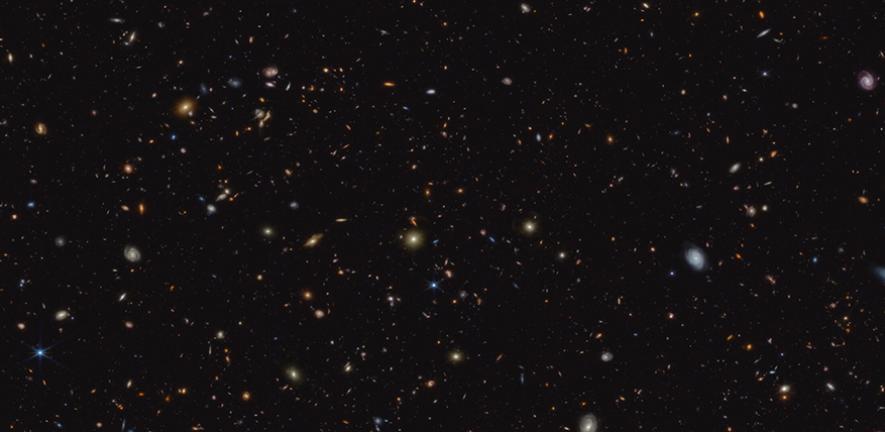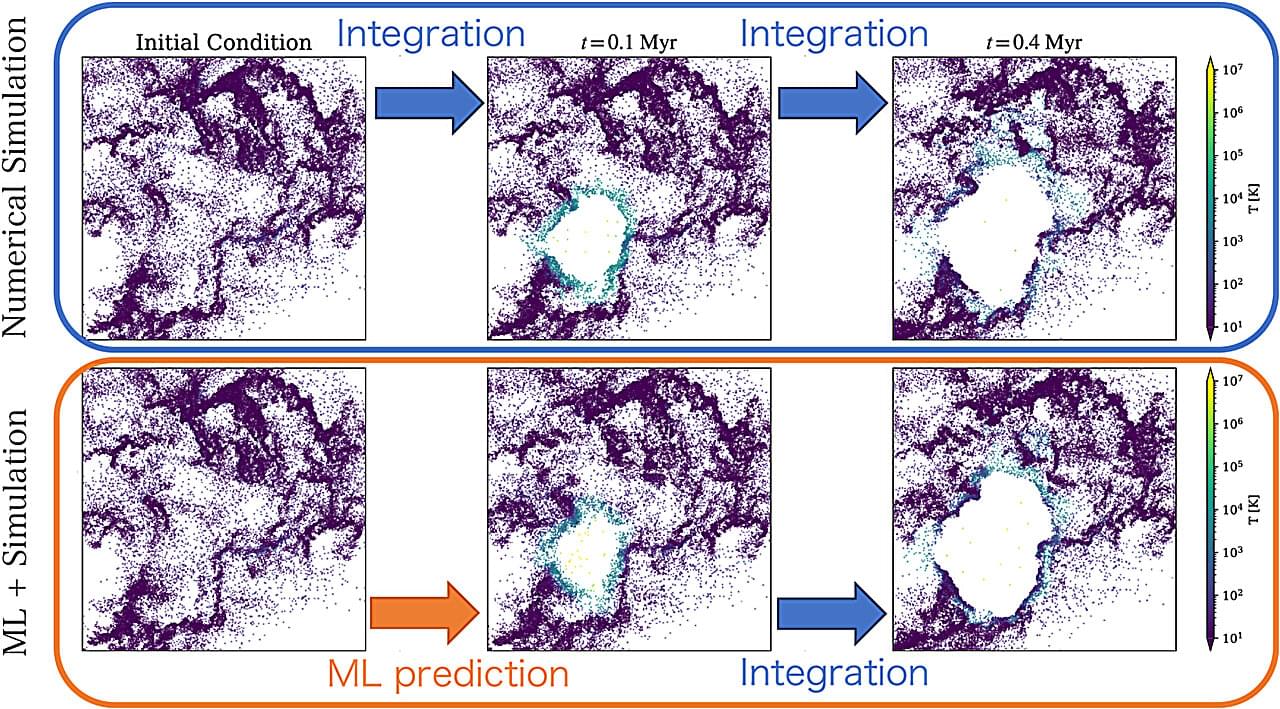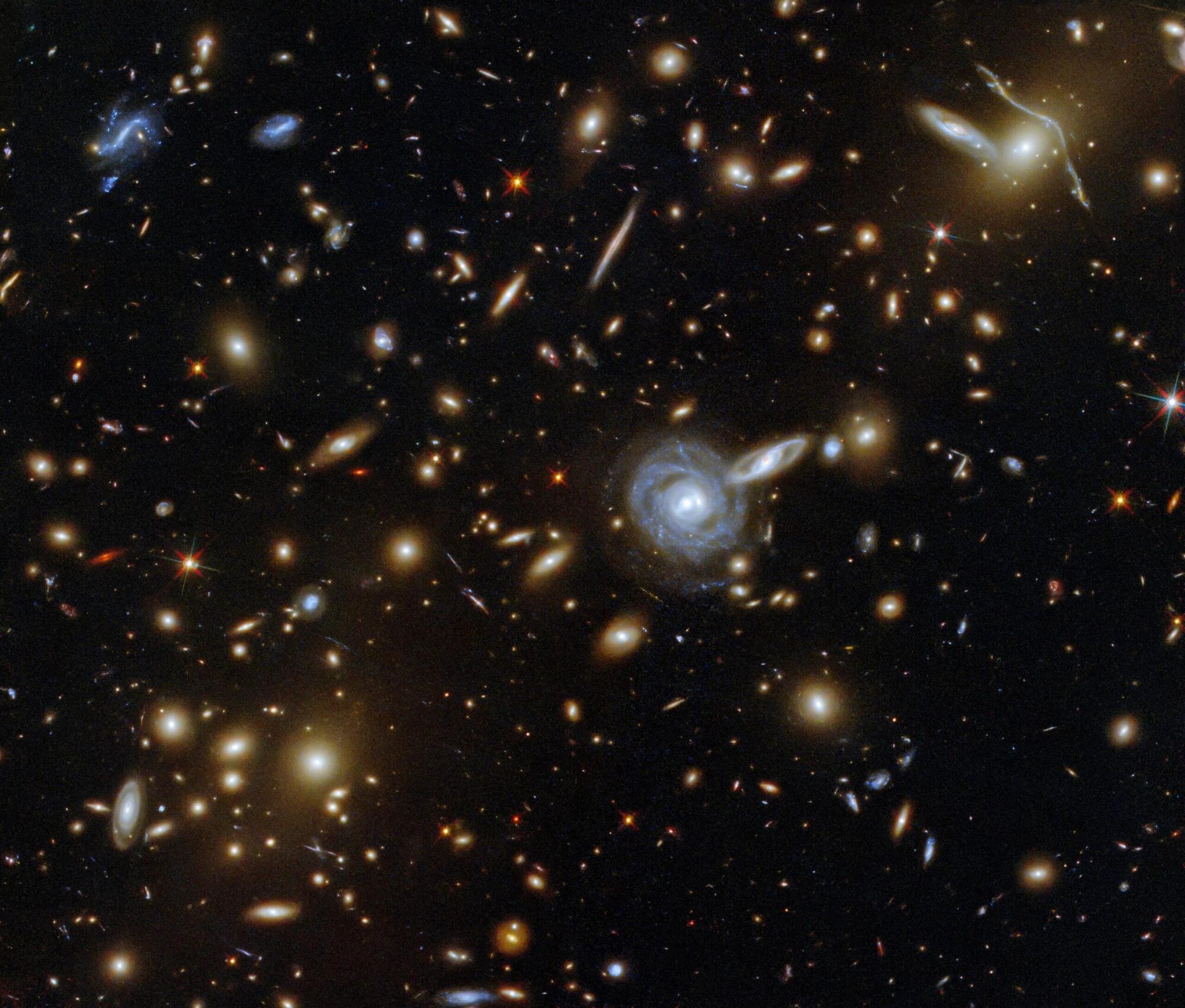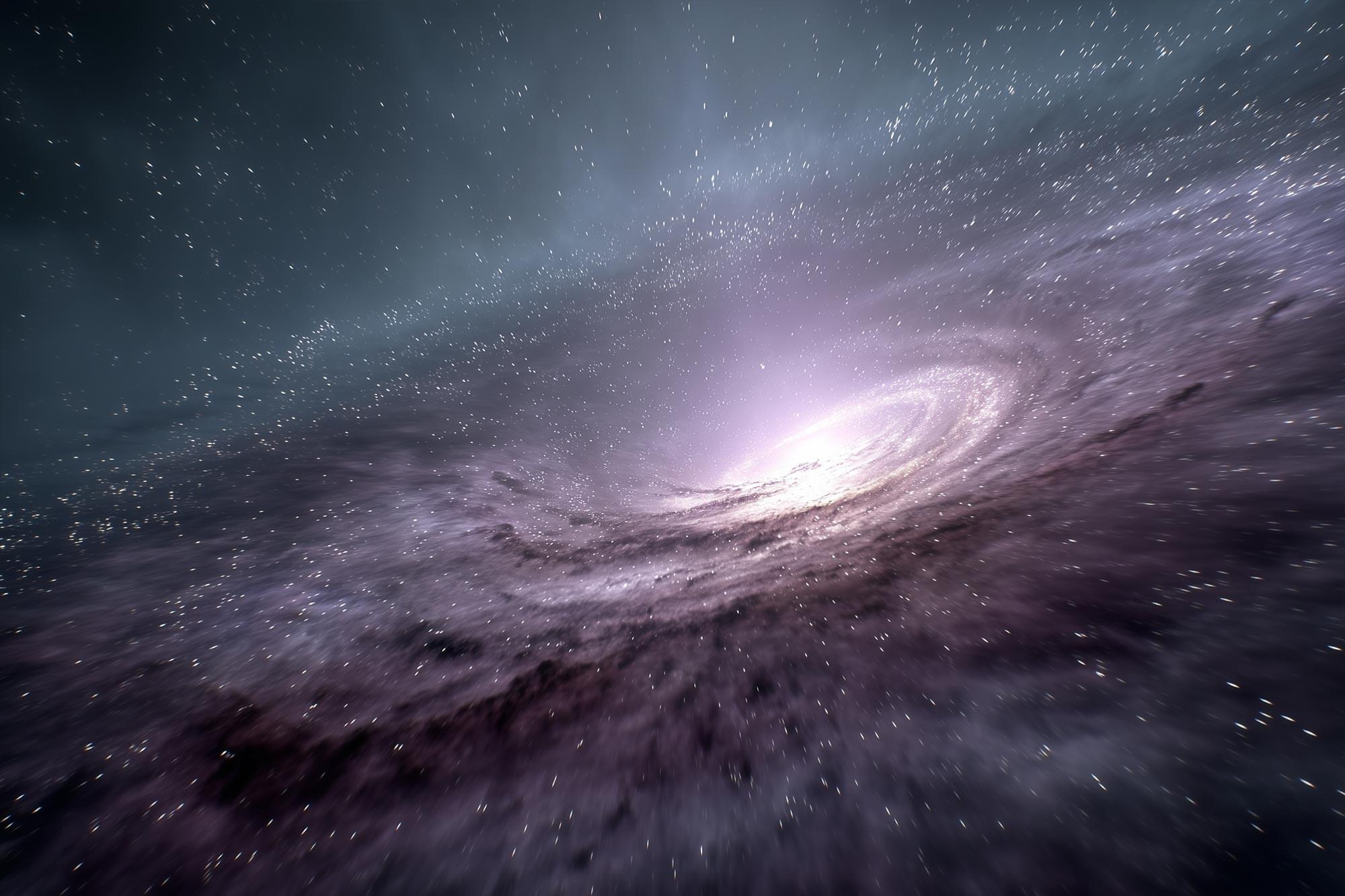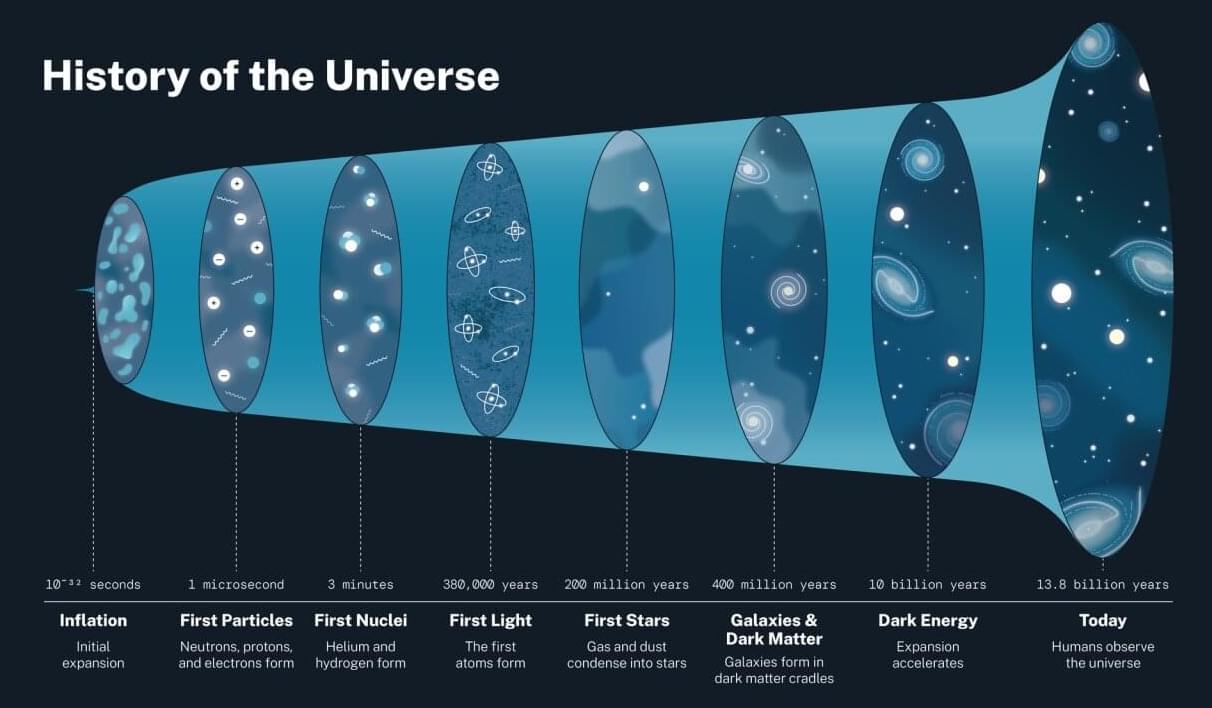Physicists propose that calculations of certain aspects of quantum gravity can currently be done even without a full theory of quantum gravity itself. Basically, they work backwards from the fact that quantum gravity on the macro scale must conform to Einstein’s relativity theories. This approach is effective until the small scale of a black hole singularity is close.
(See my Comment below for an article link to POPULAR MECHANICS that discussed the scientific article in an accessible manner.
We study new black-hole solutions in quantum gravity. We use the Vilkovisky-DeWitt unique effective action to obtain quantum gravitational corrections to Einstein’s equations. In full analogy to previous work done for quadratic gravity, we find new black-hole–like solutions. We show that these new solutions exist close to the horizon and in the far-field limit.

